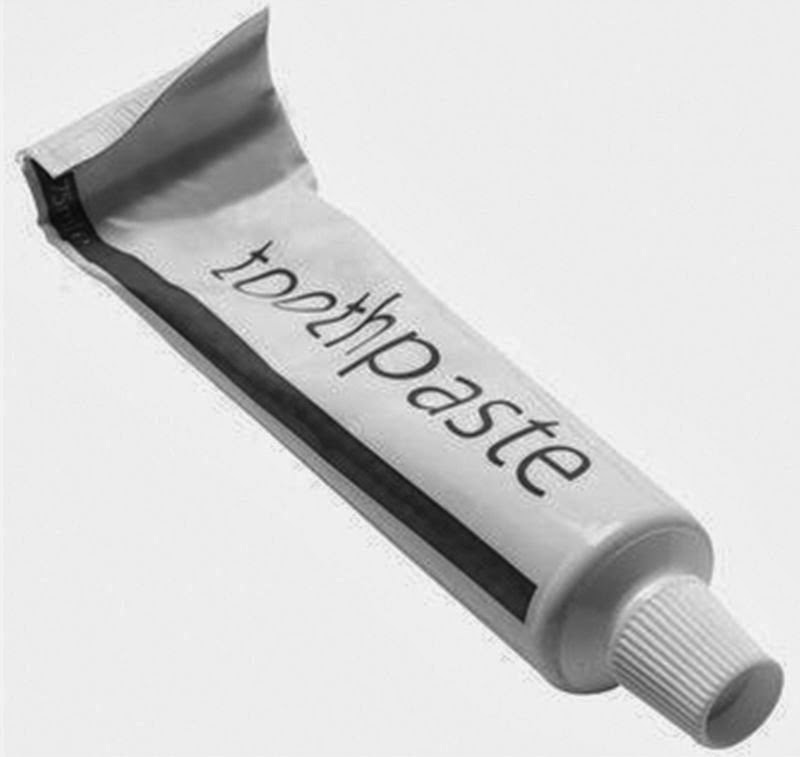Indian Currency
The rupee is the common name for the monetary unit of account in India, Pakistan, Sri Lanka, Nepal, Mauritius, Seychelles, Maldives, Indonesia (as the Rupiah), and formerly in Burma, and Afghanistan. Historically, the first currency called "rupee" was introduced in the 16th century by Sher Shah Suri, founder of the Sur Empire. The term is from rūpya-, a Sanskrit term for silver coin.
The Indian rupee (sign: ₹ code: INR) is the official currency of the Republic of India. The issuance of the currency is controlled by the Reserve Bank of India.
The Indian rupee (sign: ₹ code: INR) is the official currency of the Republic of India. The issuance of the currency is controlled by the Reserve Bank of India.
The Indian currency is called the Indian Rupee (INR) and the coins are called paise. One Rupee consists of 100 paise.
The modern rupee is subdivided into 100 paise (singular paisa), although this division is now theoretical; as of 30 June 2011, coin denominations of less than 50 paise ceased to be legal tender. Banknotes are available in nominal values of 5, 10, 20, 50, 100, 500 and 1000 rupees. Rupee coins are available in denominations of 1, 2, 5, 10, 100 and 1000; of these, the ₹ 100 and ₹ 1000 coins are for commemorative purposes only; the only other rupee coin has a nominal value of 50 paise, since lower denominations have been officially withdrawn.
The Indian rupee symbol ₹ (officially adopted in 2010) is derived from the Devanagari consonant "र" (Ra) with an added horizontal bar. The symbol can also be derived from the Latin consonant "R" by removing the vertical line, and adding two horizontal bars (like the symbols for the Japanese yen and the euro). The first series of coins with the rupee symbol was launched on 8 July 2011.
Numeral system
| Indian semantic | International semantic | Indian comma placement | International comma placement |
|---|---|---|---|
| 1 lakh | 1 hundred thousand | 1,00,000 | 100,000 |
| 10 lakhs | 1 million | 10,00,000 | 1,000,000 |
| 1 crore | 10 million | 1,00,00,000 | 10,000,000 |
| 10 crores | 100 million | 10,00,00,000 | 100,000,000 |
| 1 sael (arab) | 1 billion | 1,00,00,00,000 | 1,000,000,000 |
| 10 sael (kharab) | 10 billion | 10,00,00,00,000 | 10,000,000,000 |
| 100 sael (marab) | 100 billion | 1,00,00,00,00,000 | 100,000,000,000 |
Bank Notes
The Reserve Bank has introduced banknotes in the Mahatma Gandhi Series since 1996 and has so far issued notes in the denominations of Rs.5, Rs.10, Rs.20, Rs.50, Rs.100, Rs.500 and Rs.1000 in this series.
 |  |  |
| Rupees One Thousand. | Rupees Five Hundred. | Rupees One Hundred. |
 |  |  |
| Rupees Fifty. | Rupees Twenty. | Rupees Ten. |
 |
Coins
The designing and minting of coins in various denominations is also the responsibility of the Government of India. Coins are minted at the four India Government Mints at Mumbai, Alipore(Kolkata), Saifabad(Hyderabad), Cherlapally (Hyderabad) and NOIDA (UP).
 |  |  |
| Five Rupee Coin | Two Rupee Coin | One Rupee Coin |
 |  |  |
Commemorative Coins
 |  |  |  |
| 5 Paise | 10 Paise | 20 Paise | 25 Paise |
 |  |  |  |
| 50 Paise | 1 Rupee | 2 Rupees | 5 Rupees |
 | |||
| 10 Rupees | |||
Republic Coins
 |  |  |  |
| 1 Pice | 1/2 Anna | 1 Anna | 2 Annas |
 |  |  |  |
| 1/4 Rupee | 1/2 Rupee | 1 Naya Paisa | 1 Paisa |
 |  |  |  |
| 2 Naye Paise | 2 Paise | 3 Paise | 5 Naye Paise |
 |  |  |  |
| 5 Paise | 10 Naye Paise | 10 Paise | 20 Paise |
 |  |  |  |
| 25 Naye Paise | 25 Paise | 50 Naye Paise | 50 Paise |
 |  |  |  |
| 1 Rupee | 2 Rupees | 5 Rupees | 10 Rupees |




Comments
Post a Comment